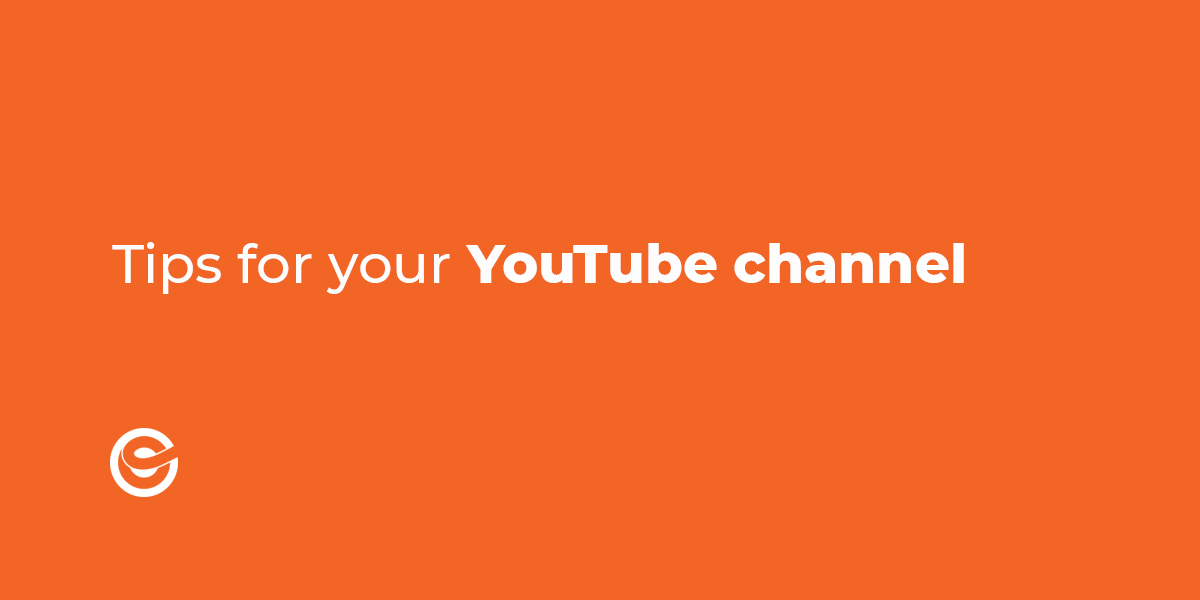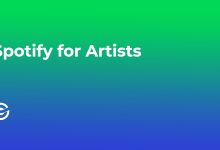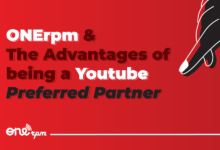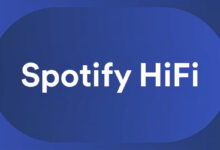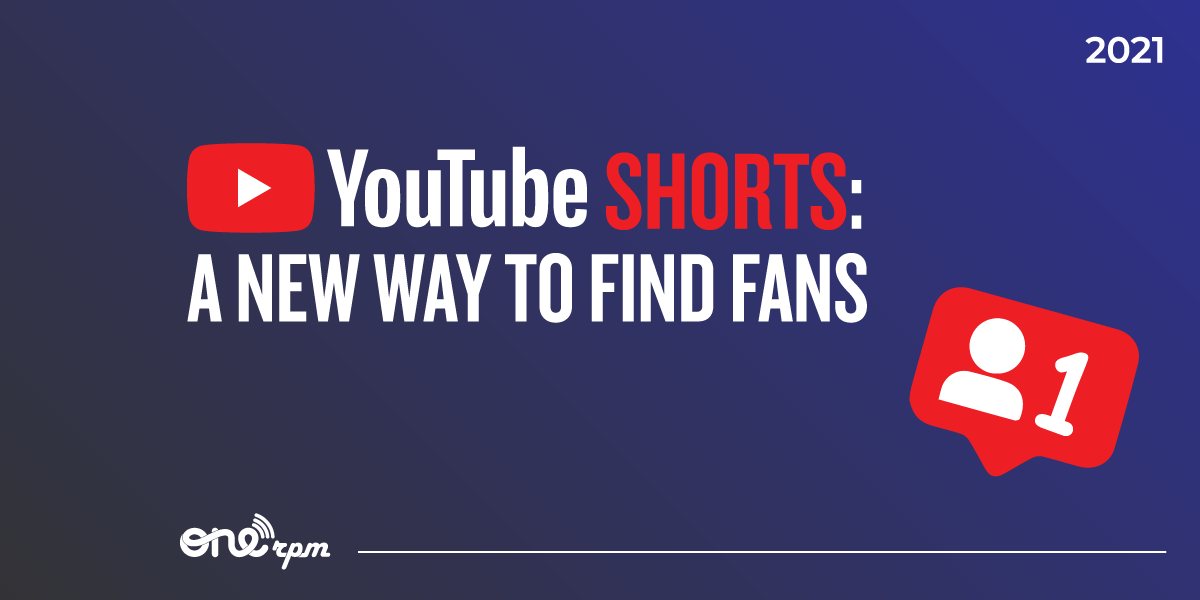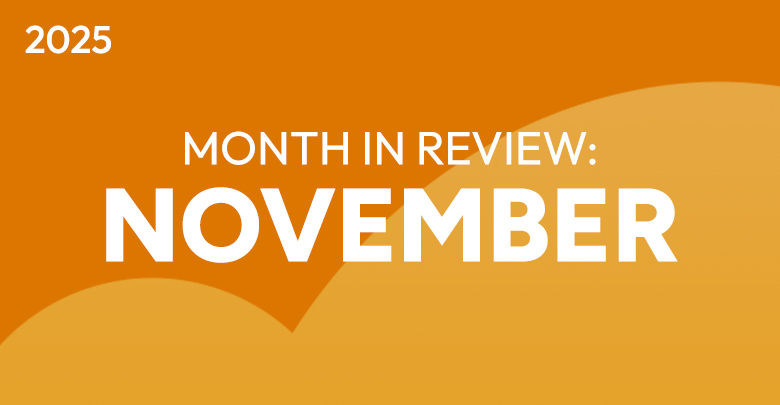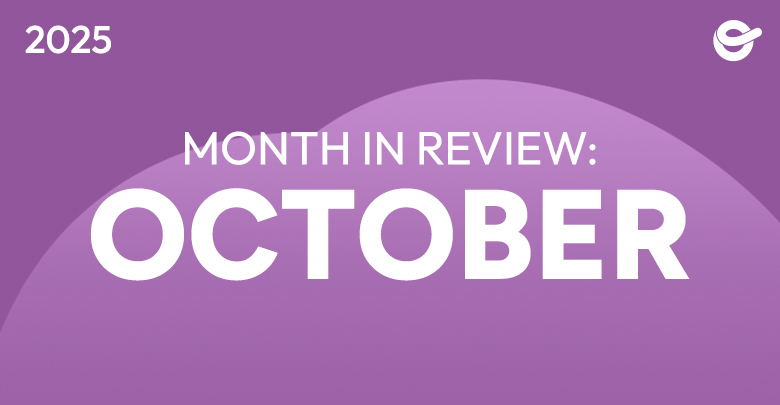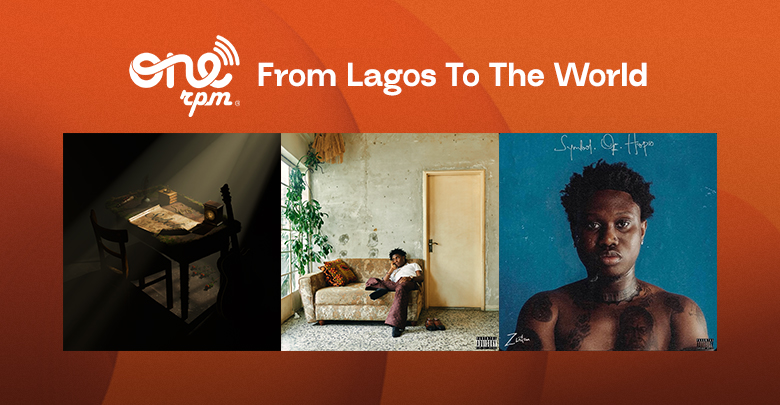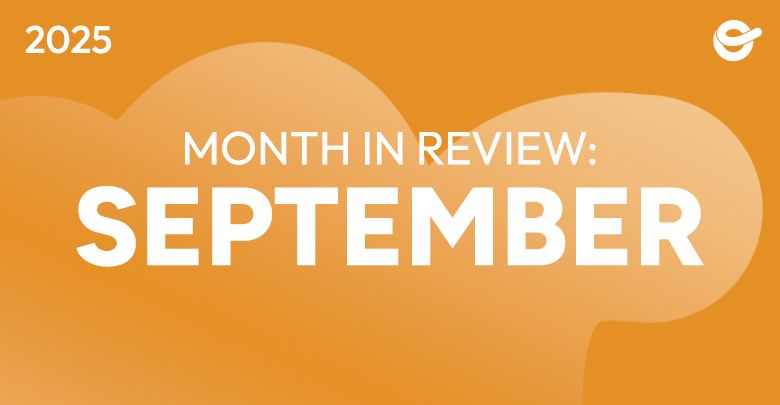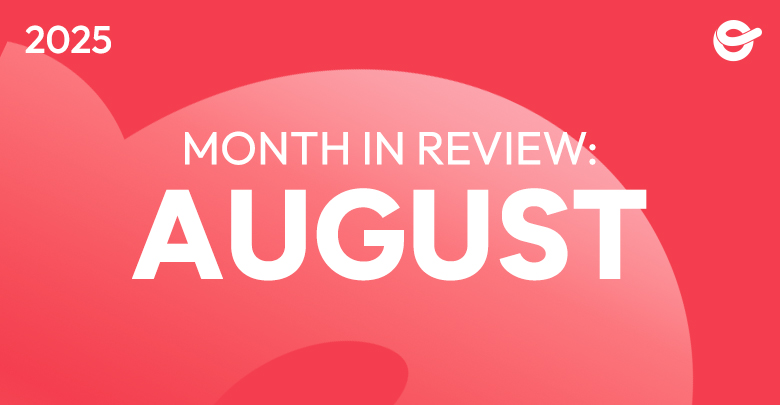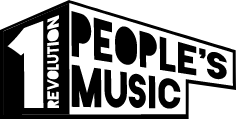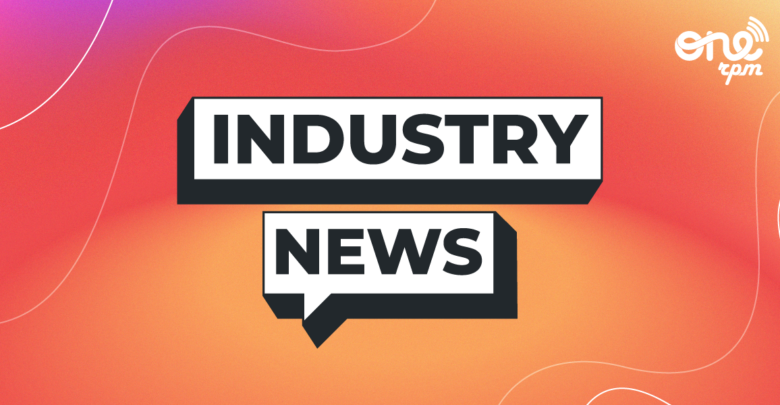
Spotify Discovery: Boon or Bust?
Is Discovery Mode A Race To The Bottom, Or The Perfect Strategic Opportunity?
Announced earlier this year, Spotify’s “Discovery Mode” has been a point of great contention within the industry and greater market. The premise is simple: for a 30% deduction in royalties on radio and autoplay streams, artists may enroll in “Discovery Mode”, which will push enrolled releases automatically to listeners. While conceptually straightforward, and branded as beneficial to artists, the program has been received by some music companies and industry professionals negatively. Early adopters however seem to have found great success using the program, with Spotify’s own Case Studies backing those claims.
What Is Discovery?
The tip of Spotify’s spear is marketing, with “Discovery Mode” selling itself as another tool artists can tuck in their utility belt in the pursuit of becoming the next mega star. However, there is a quantitative, real number that artists and companies pay for “Discovery” : 30% less royalties for radio and autoplay streams.
For artists and many music companies, 30% for radio and autoplay streams can, in many situations, seem like a worthy tradeoff. It’s from the perspective of the large companies, and the industry as a whole, where the concept looms dangerously.

In economics, the more currency in rotation, the less valuable a currency becomes as a whole. Unfortunately, the same basic principle applies to the marketplaces where we consumers enjoy music. It’s for that exact reason many have maligned the program. In an Op-Ed published in Rolling Stone, the Artist Rights Alliance labeled the program “Payola”, claiming Spotify has rolled out a glorified pay cut while the Industry still recovers from the effects of the pandemic. Alarm has even spread to the halls of Congress, where the US Judicial Committee asked Spotify CEO Daniel Ek to explain why Discovery isn’t a “race to the bottom”, where large swaths of artists will forgo royalty payouts in order to receive favorable algorithmic treatment, leaving those unwilling to follow suit non-competitive.
Does It Work?
Despite criticism and confusion surrounding the program as a result of its lukewarm reception, its implementation has not been the apocalyptic reality all may have anticipated. While many major labels have eschewed the enrollment process, artists that have enrolled have seen significant gains in their overall streams for songs enrolled. According to a case study published by Spotify, Singer/Songwriter Natalie Perez saw a 57% increase in her daily listener base across the US and Mexico.
From the perspective of some stakeholders, increased performance in the market outweighs the consequences of enrollment. As Warren Buffet once said: “be bold when others are fearful”. To that effect, many adept artists and business professionals have enrolled themselves and their catalogs, to some benefit.

Ethics & Endgame
The question remains, if the program functions as intended, is it fair? If Spotify can provide all artists more streams than they are currently receiving, should it be their obligation to do so? It’s often an afterthought that large social media companies and digital service providers operate a business. While obviously these platforms must have a working relationship with the creators that inhabit them, those creators are entitled to payment, and as such impact the platform’s bottom line. In short, ethics went out the window when, well… they were never in the window.
The better question we should be asking ourselves is what happens when a critical mass of tracks are enrolled? To see the aforementioned 57% increase, Natalie Perez had to enroll over 30 tracks from her catalog. If all of your tracks are giving up a percentage of their earnings for higher placement on your radio station, are any of them actually getting higher placement? If entire catalogs from the largest artists in the world are getting algorithmic boosts, is there any room for benefit for smaller acts? These questions embody what market fears as a whole, streaming devaluation.
The reality of the situation is that outside of the major labels a percentage of people will be taking advantage of Spotify Discovery Mode whether you agree with it or not. The key, like everything else on this giant blue marble, is diligence and skepticism. If you plan on enrolling a song, be careful! Watch your streams and make sure you’re seeing the payoffs, and certainly think long and hard before diving in headfirst with your whole catalog, while it might seem like a good idea, it might come back to bite you later. Remember – you need to see OVERALL growth, not just an increase in radio & autoplay streams – because if you’re just getting the same listeners, but they’re streaming from a different source, you’re not actually increasing your reach or revenue, only the percentage that you’re giving up to Spotify.


